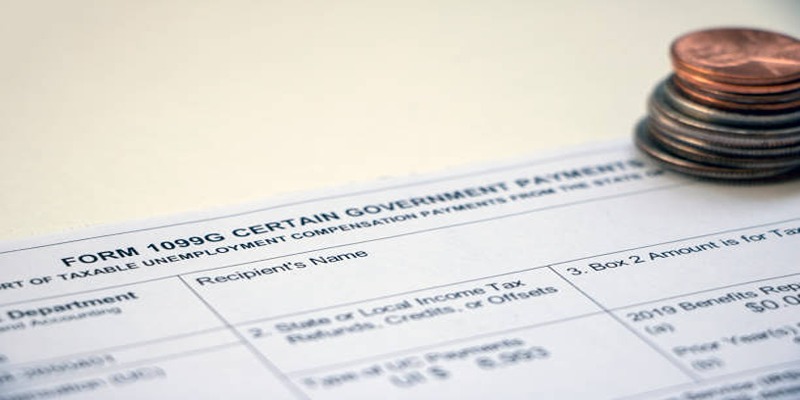Debt Snowball Vs Debt Avalanche: An Overview
Feb 25, 2024 By Triston Martin
The debt snowball strategy prioritizes paying off the debt with the lowest balance first, whereas the debt avalanche prioritizes paying off the debt with the highest interest rate first. The following article will examine the benefits and drawbacks of both approaches, allowing you to choose the one that best suits your needs.
What is the debt snowball method?
The debt snowball approach is a strategy for debt repayment in which borrowers pay off their obligations in the order of lowest to greatest sum, irrespective of the interest rate associated with each debt.
The debt snowball approach requires you to make the minimum payment on each of your bills while directing any additional funds toward the debt with the lowest amount. This process continues until the debt with the smallest balance has been completely paid off. After paying off the debt with the lowest balance, you will utilize the funds that you were using to pay off the debt with the next lowest balance, and so on.
Those who utilize the debt snowball approach often use a spreadsheet to monitor their progress. Not only can a spreadsheet help you stay organized, but it may also serve as a source of motivation as you cross off each payment.
How to apply the debt snowball method
The credit card debt of $2,000 is the least significant of the four obligations; thus, it should be paid off first using the debt snowball approach. You would make all of your required minimum monthly payments, then transfer any excess money from your repayment plan of 1,200 dollars to that $2,000 card, paying off the amount of that first card.
The vehicle loan would subsequently be paid off while maintaining the minimum payments on your other credit cards and school loan. After the auto loan is paid off, you may say goodbye to that second credit card. Ultimately, $1,200 will be used toward paying off that student debt.
What is a debt avalanche?
To complete a debt avalanche, often called debt stacking, you must pay off your debt in the order of the highest interest rate to the lowest interest rate, irrespective of the total amount of debt you owe or the many forms of debt you have.

The debt avalanche strategy requires you to make the minimum payments required on all your obligations and then direct any additional funds toward reducing the debt with the highest interest rate. When you have paid off your first debt, you should use the money you saved to pay down the debt with the next highest interest rate, and you should continue doing this until all of your debts have been paid off.
When you first pay off your obligations with the highest interest rates, you reduce the total amount of money you owe on debts more quickly. This is because the money you save on interest may be used to the main of the debt.
How to apply the debt avalanche system
The credit card with the 24.99% interest rate will be the first debt you pay off using the debt avalanche payout technique. At the same time, you will continue to make the minimum payments on the other three loans. You next concentrate on clearing off the 22.99% APR credit card. After paying off one of your low-interest loans, you turn your attention to paying off the other of your low-interest debts, which was your student loan.
What can you anticipate from the debt snowball and debt avalanche repayment plans?
You should be aware that you can pay more than the required minimum
It is advised that you make minimum payments on any debts other than the ones you're attempting to pay off, regardless of whether you're utilizing the snowball or avalanche strategy. You can adjust our recommendations to fit your monetary objectives or spending plan better. For instance, you may add $25 to each of your minimum payments and then direct any additional funds toward the card with the lowest amount or the highest interest rate.
Consider consolidating your debts into a single loan with a monthly payment if keeping up with those minimum payments is too much for you. Consolidation is only a smart choice for certain individuals, so do your homework and get the finest debt consolidation loans available.
Be prepared to be flexible
Even the most well-laid plans for repaying the debt may need revisions along your debt journey. Variable interest rates are subject to fluctuation. You may need the card with the lowest balance to pay an unexpected expense. If required, reorganize your debts according to the mode of payment that you will be using. Switch to a different method if you struggle to continue making payments using the one you first picked.

-
 Investment Feb 21, 2024
Investment Feb 21, 2024What Are The Benefits And Drawbacks Of Angel Investors?
A business angel is a wealthy individual who makes a personal investment in a small company in return for a minority ownership share (often between 10% as well as 25%). Individuals most likely to become angel investors are those who have already established themselves as company owners or have substantial professional expertise. There is more to angel investing than simply money. An angel investor's time, expertise, network, and business savvy are all valuable assets to any company that accepts investment from one.
-
 Investment May 19, 2024
Investment May 19, 2024Which One is the Best Financial App: Banktivity vs Quicken
Between Banktivity Vs. Quicken, Banktivity's budgeting is great for Mac users, whereas Quicken offers investment tracking and bill management.
-
 Taxes Oct 04, 2024
Taxes Oct 04, 2024Form 1099-G: Comprehensive Overview of Government Payments
Learn how to read and report IRS Form 1099-G correctly to ensure accurate tax filings and avoid potential penalties. This guide breaks down each key section and explains its tax implications.
-
 Investment Nov 11, 2023
Investment Nov 11, 2023Auto Manufacturers' Raw Materials
The automotive industry uses various raw materials from all over the globe to make automobiles and parts. Rubber, steel, plastics, and aluminum are among automobiles' most widely used materials.
